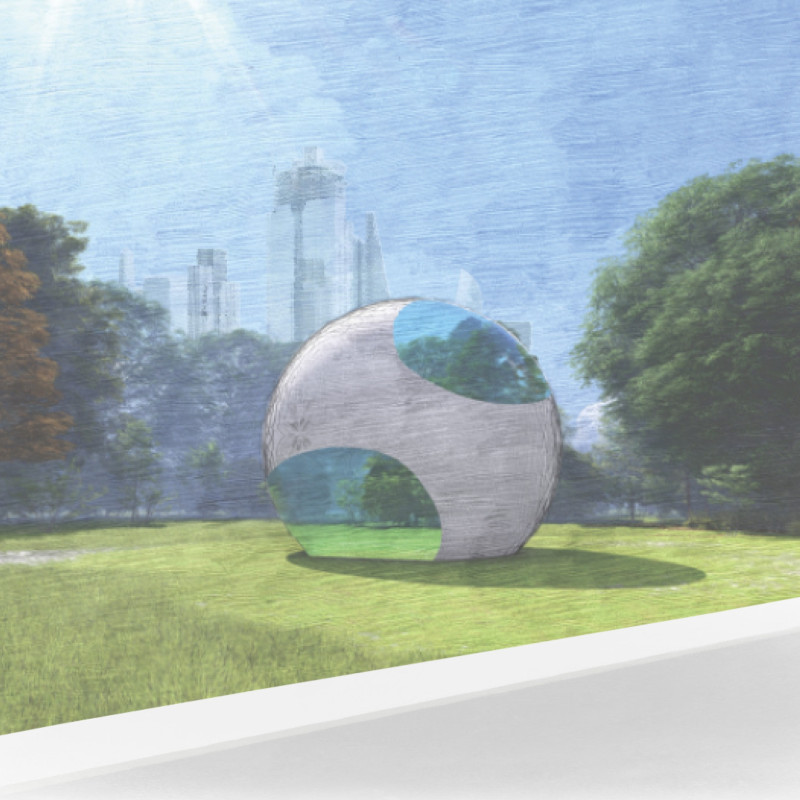5 key facts about this project
The design reflects the Sphere Concept, an approach that enhances understanding of spatial organization. Set in England, the project functions as a modern office space focused on fostering interaction and connection among its users. It interprets the different areas within the building as distinct but related "spheres of relation," encouraging engagement based on the purpose of each space.
Sphere of Relation: Outside
The outside sphere is essential to the design, inviting users to engage with the environment. This area allows a natural flow between indoor and outdoor spaces, encouraging connections with nature. It serves as a transition zone that enhances both the visual and functional qualities of the workspace. Users can step out, gain fresh air, and enjoy greenery, which adds to the overall experience of the office.
Sphere of Relation: Breaktime
In contrast, the breaktime sphere is focused on creating a space for informal interaction. This area acts as a social hub, designed for relaxation and casual conversations. By prioritizing social engagement, it looks to build relationships among employees. People can take a break, recharge, and connect with colleagues, contributing to a more positive work atmosphere.
Sphere of Relation: Work
The work sphere concentrates on productivity, featuring a range of workspace arrangements. This part of the design provides options for individual work and collaborative projects. It accommodates various work styles, offering the flexibility necessary for modern offices. The intention is to ensure that all users can find a suitable environment to focus on their tasks or brainstorm with others.
The adaptability of the design makes it relevant in different settings, whether urban or rural. By organizing spaces according to the spheres of relation, it encourages meaningful interactions among users. The focused arrangement highlights both functional and social needs, creating a balanced experience for everyone who steps inside. Thoughtful design details enhance the overall usability and atmosphere, making the environment conducive to work and collaboration.





















































